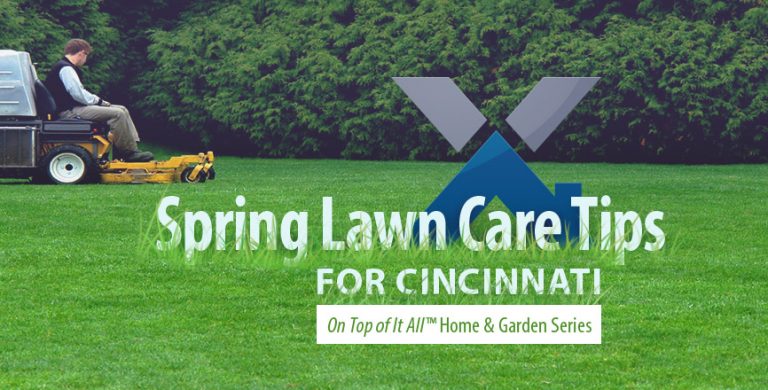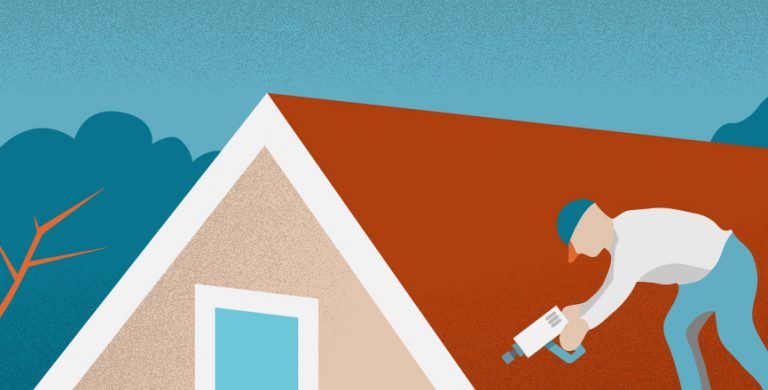Raised bed gardening is a wonderful way for novice gardeners to earn their green thumb. When spring comes to Cincinnati and Dayton it’s time to plan the summer crops and prep beds. Whether starting from scratch, redoing, or replenishing your raised beds, this soil preparation guide will help make your efforts pay off at harvest.
First, the Benefits of Raised Bed Gardening
For simple backyard gardening, there are several reasons to choose the raised bed method:
- Your body. The best part of using raised beds is that they are closer at the hands. Planting, weeding, and harvesting requires less strain to your body.
- Perfecting the soil. The nutrients in your yard’s soil may not be adequate for growing vegetables, herbs, melons, or squash. Some of the soil in the Cincinnati area contains heavy
- Raised beds look more attractive than a tilled yard.
- You can place your garden on your patio if space is limited.
- Better Crops. Root crops such as potatoes, carrots, beets, and radishes thrive in the looser soil of raised beds. Some crops don’t do as well in raised beds but there are always tricks to aid this.
- Rain water can damage young plants due to pooling or erosion. Spring in the Cincinnati and Dayton area can be fraught with wind driven rain that raised beds protect against.
Before Your Soil Prep
There are multiple types of raised beds to choose from and then there is the option to line your bed basin or let it flow. Shallow beds placed on bare earth are the easiest choice because they cost less in parts and larger plants can tap into the base soil for greater strength. You can line the base with the very bags you bought your soil in, if you wish to slow down the water exiting but properly mixed soil will hold the moisture where it’s needed anyhow.
If you’re starting from scratch or redoing your bed, be sure that you give the dirt under your box a good quick tilling with a hoe. Loosened up soil will absorb water under your box rather than letting it leak outward.
What You’ll Need to Purchase or Have on Hand
There are tools and of course the soil to purchase that need gathering. It’s up to you to measure your bed(s) to know the volume needed but it’s wise to go a little overboard in your estimating. Here’s what you’ll need:
- 5-gallon bucket or wheel barrow. For transporting onsite dirt or compost to your bed.
- Standard Shovel
- Garden Shovel
- Row Rake
- Hose with watering wand attachment
- Potting Soil – Buy one of every vegetable garden type you see at your supplier and be sure they say organic. You may only have 2 or 3 options so keep an equal ratio depending on your volume needs. This means a greater cross section of nutrient types will be accounted for – even if one claims to have it all. This soil is formulated to retain water but gives out after a couple seasons.
- Manure – Buy one bag of manure per every 3 equal size bags of soil. Again, it’s good to buy various kinds. A standard mixed cattle manure is the easy choice here. Potting soil has most of what young plans need to start thriving but as the plan matures to start producing the bulk of these soils will fall flat. Manure is the food they crave as long as it’s not too much.
- Worms (possibly) – more to come on that
Soil Preparation
The best soil mix starts with some good soil on hand so hopefully you have a pile to pull from. The number one thing you can do for your beds is to introduce worms to it. If you have a compost pile or a spot in your yard you know you can dig up some earth worms then get to it. A wheel barrow load of compost per-bed is optimal. If you are without this resource you can buy worms online.
You’ll want to place your local worm ridden soil or compost down first. Gently spread it around the base of your bed(s), give it a quick soaking before moving on. You want your crawlies moving both up and down, plus you don’t want them getting hurt during the mixing stage.
Note: If you don’t have worms in your soil or compost it is likely that you have poor soil on your property. Perhaps you must aerate, fertilize, and water your lawn very regularly or it dies.
Using What’s on Hand
You can also utilize some more earth from your yard if you want to ease the cost of buying potting soil. As long as the local or imported topsoil doesn’t represent more than a third of your soil you should be fine. There may be nothing wrong with your soil other than having rocks or too much clay. The point here is that this dirt may just not be what the roots of your average plant want to grow in.
The Mixing Stage
- Open the bags of soil and manure alongside your bed(s).
- Bring any local dirt close via bucket(s) or barrow.
- Dump in 2 potting soil (or local dirt equivalent) and one manure then mix via row rake.
- Wash and repeat once or twice if you have a large bed.
- You’ll be left with room for your last bag or two of soil. This goes on top of the two mixed layers. The manure should be deeper where the roots feed.
- Give your planter a bath… Literally. Clean off your bed edges and dampen the soil.
- You’re ready for planting
Planting your Raised Bed Garden
If planting from seeds you’ll want to follow directions on the packaging for the Southern Ohio area. If planting from starters be sure that you get some tips on them from experts at your local garden center or nursery. Even though raised beds do protect your sprouts from rain, Cincinnati and Dayton also see a good amount of hail in the Spring. Starters stand a much better chance against hail strikes.
Best of luck gardening!
Looking for an Exterior Restoration Expert?
Call on Roofing Annex to improve your property – 513.685.9092







